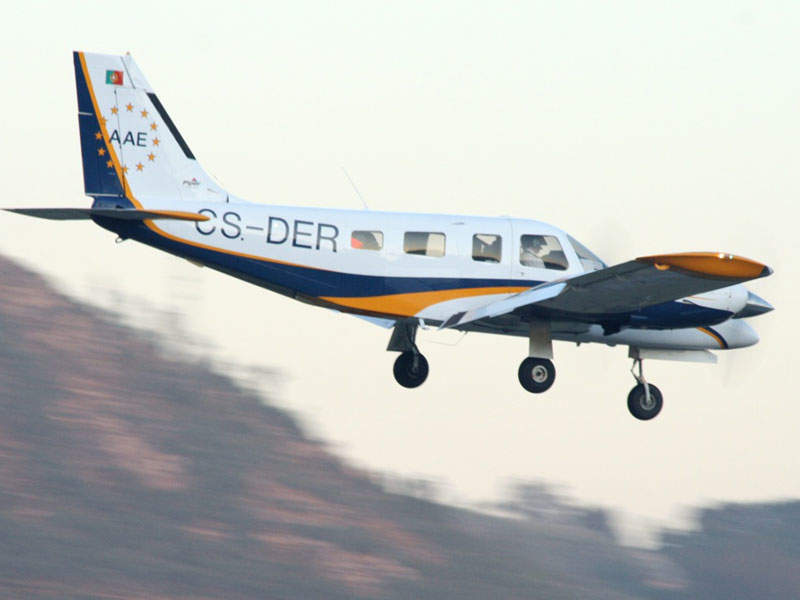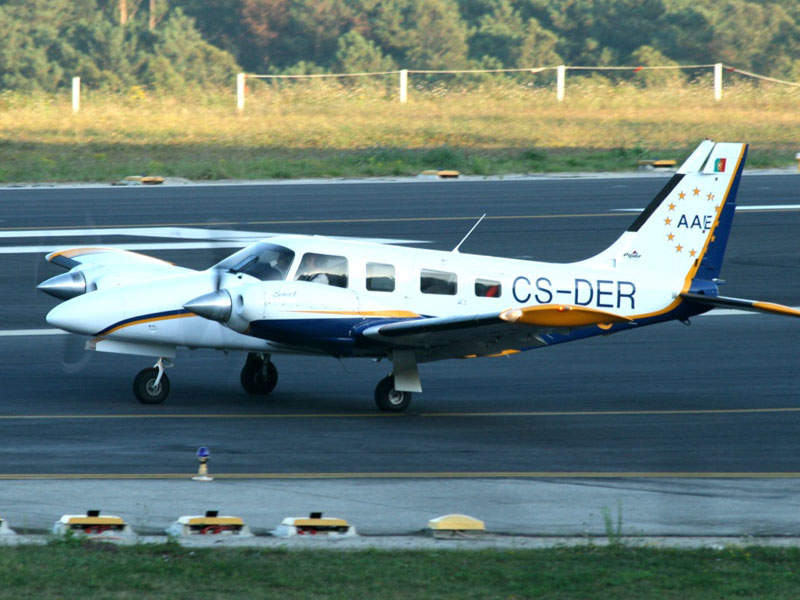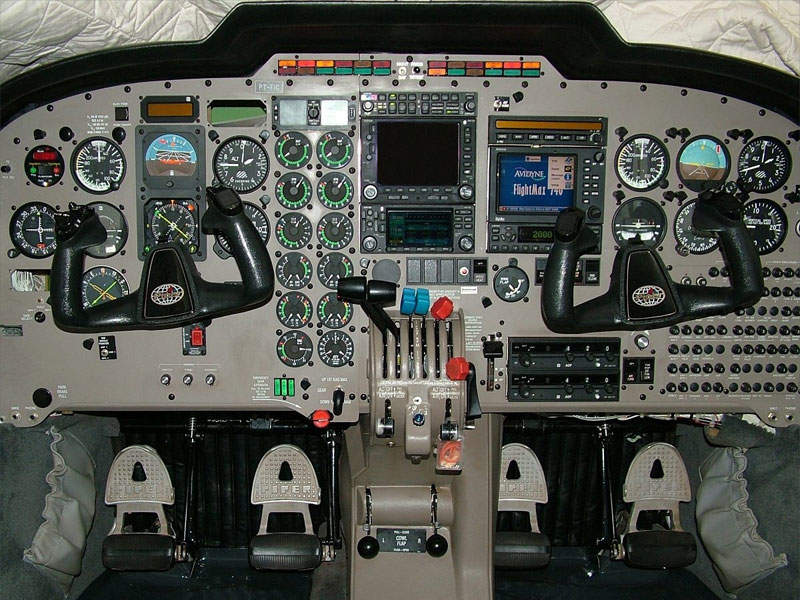Piper PA-34 Seneca V is a twin-engine light aircraft designed and manufactured by Piper Aircraft. It is the latest addition to the Seneca PA-34 series of aircraft, which includes PA-34 Seneca I, PA-34 Seneca II, PA-34 Seneca III, and PA-34 Seneca IV.
Piper rolled out the first serial production Seneca V aircraft in 1997. The industry-proven design and seamless structure of the light aircraft allow it to perform passenger transport, surveillance, reconnaissance and patrol missions. The aircraft can also be used for the basic training of pilots.
The Argentine Air Force intends to finalise a contract with Piper for the supply of three aircraft. The first aircraft is expected to be delivered in the second half of 2018. A Seneca V aircraft was inducted by the Bolivian Air Force in June 2018.
Piper PA-34 Seneca V light aircraft design and features
The fuselage of the aircraft integrates a low-wing configuration, which allows for more lift generation and significant drag reduction. The aircraft offers seating for six personnel, including a pilot.
The fuselage is fitted with a wide windshield and eight large windows. The spacious cabin features natural leather seats, while large doors allow for the easy movement of passengers and baggage. The aircraft can also be optionally equipped with an in-built oxygen system.
The Seneca V measures 8.7m-long and 3m-high, and has a wing span of 11.9m. The maximum take-off weight and standard equipped weight of the aircraft are 2,155kg and 1,561kg respectively.
The light aircraft can carry a maximum of 604kg of standard useful load, while its onboard fuel tank is designed to carry 462l of usable fuel.
Cockpit and avionics
The cockpit of the aircraft is fitted with Garmin G1000 avionics suite integrating state-of-the-art communication and navigation systems. The high-resolution displays provide environmental data, engine data, traffic, maps and graphs to enhance the situational awareness of the onboard crew.
The avionics suite further includes GFC 700 autopilot system, digital audio panels, Garmin FliteCharts, transponder, electronic flight displays (EFD), air data computers and a yaw damper system.
The automatic flight control system (AFCS) onboard the aircraft ensures safety of the onboard personnel by enhancing the handling qualities. The optional Garmin Synthetic Vision Technology (SVT) provides pilots a 3D depiction of terrain, airports, water reserves, obstacles and traffic.
The aircraft also features GWX 68 weather radar, traffic advisory system and a terrain awareness and warning system (TAWS). Other optional equipment and systems include GSR 56 Iridum transceiver, BendixKing KR-87 ADF receiver, GDL 69SXM satellite radio, L3 WX-500 Stormscope and Vision 1000 flight data monitoring device.
Engines and performance
The light aircraft is powered by two turbocharged continental TSIO-360-RB engines. The maximum power production capacity of each engine is 220hp. Each engine is coupled to a full feathering and counter-rotating propeller supplied by McCauley Propeller Systems. The three-bladed propellers are designed to produce constant speed.
The twin-engine aircraft can attain a maximum speed of 370km/h and maximum range of 1,534km with a reserve of 45 minutes. The take-off distance required for the aircraft is 520m, whereas the landing distance is 664m.
The maximum approved altitude or the certified service ceiling of the aircraft is 7,620m, while its rate of climb is 1,455ft per minute.





